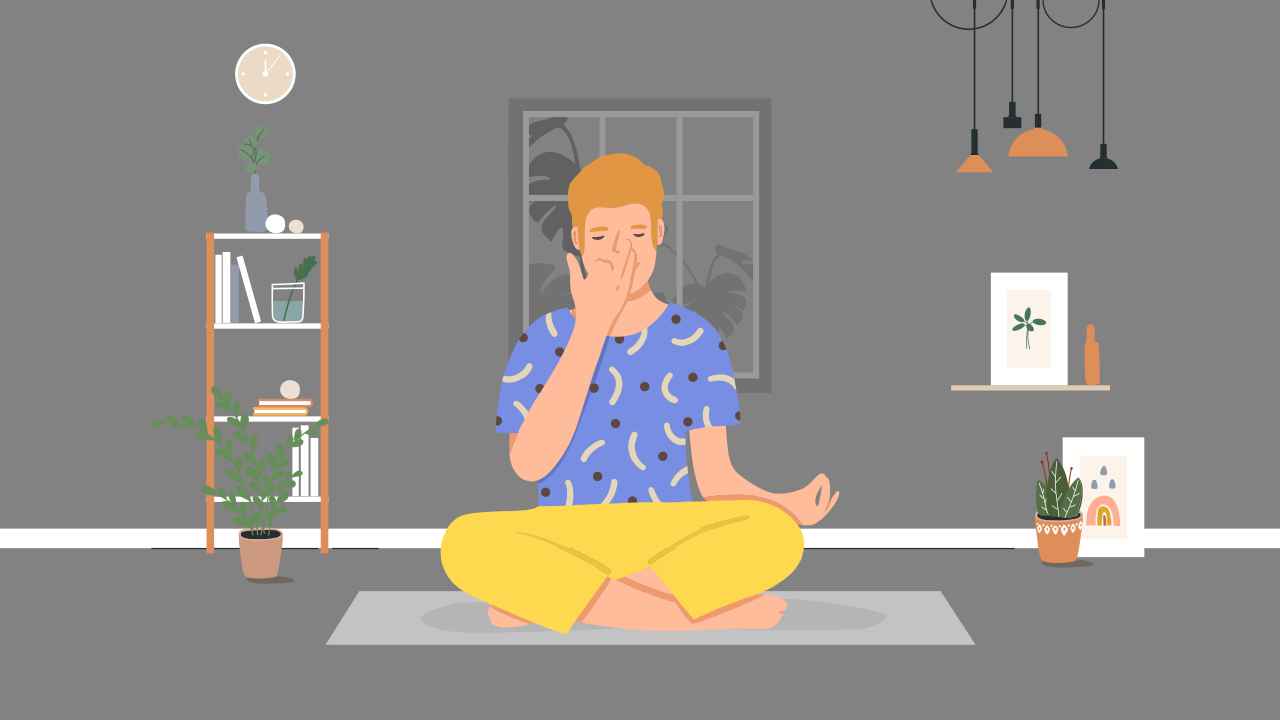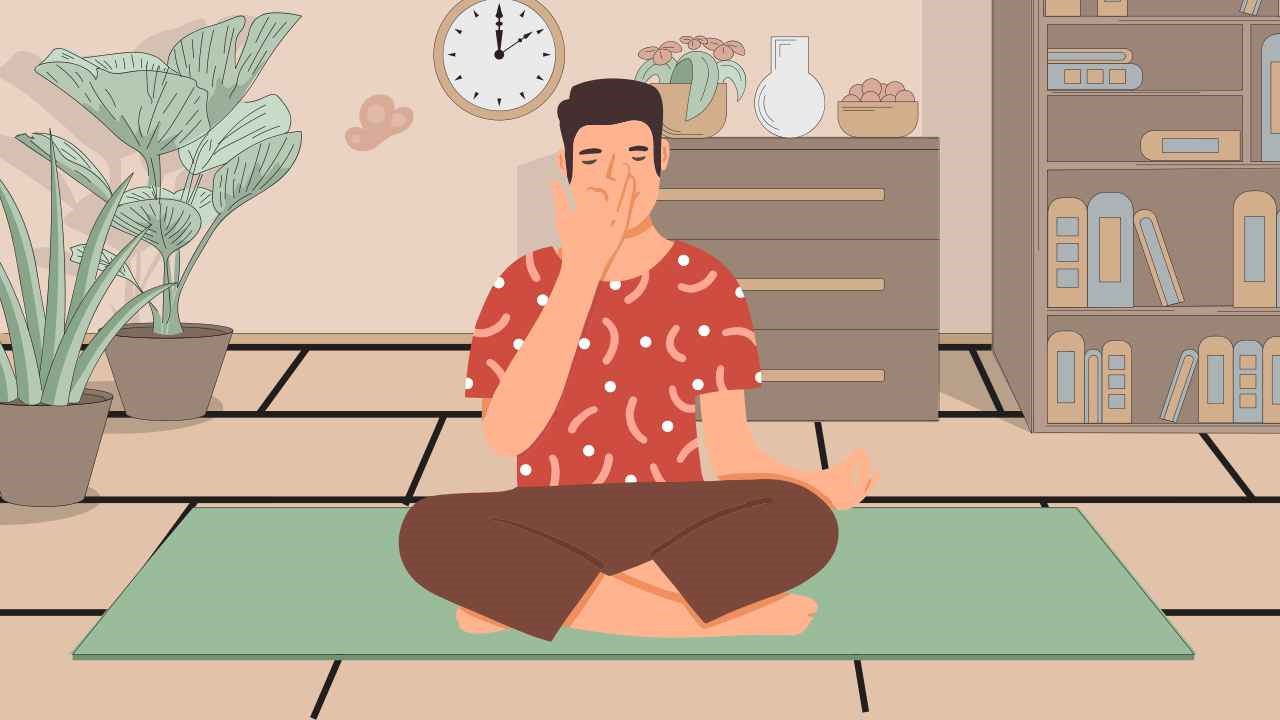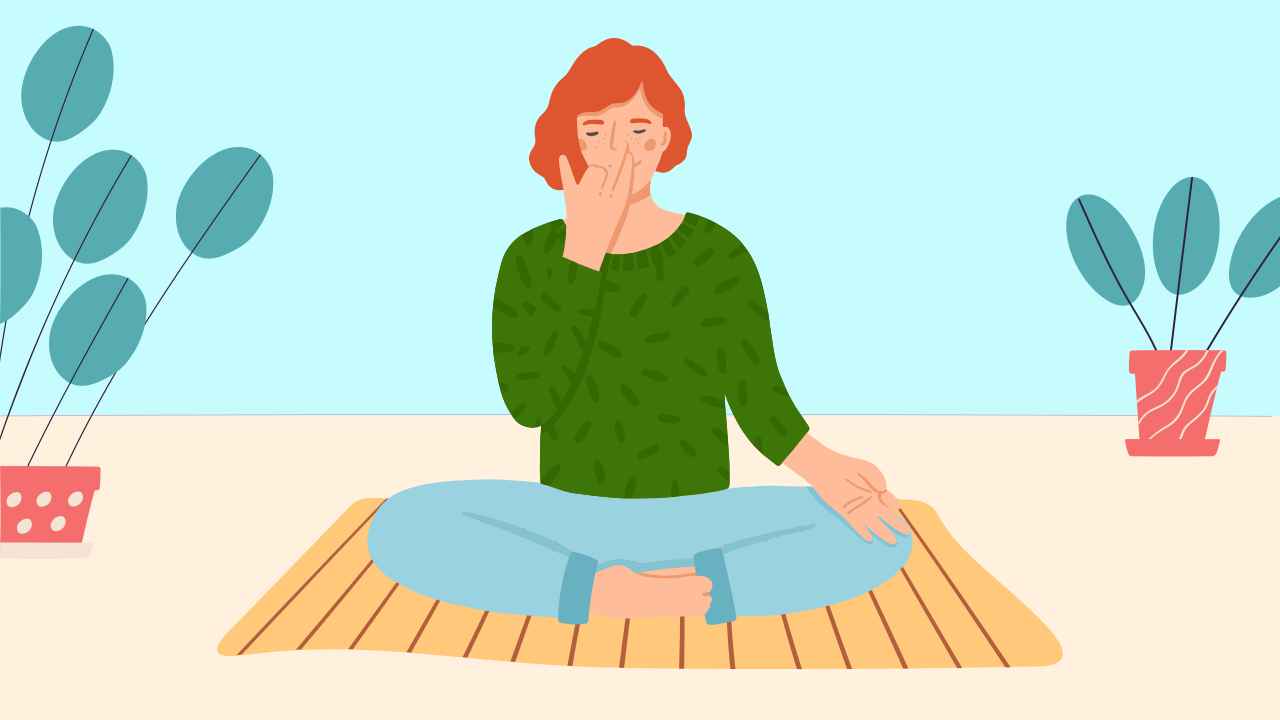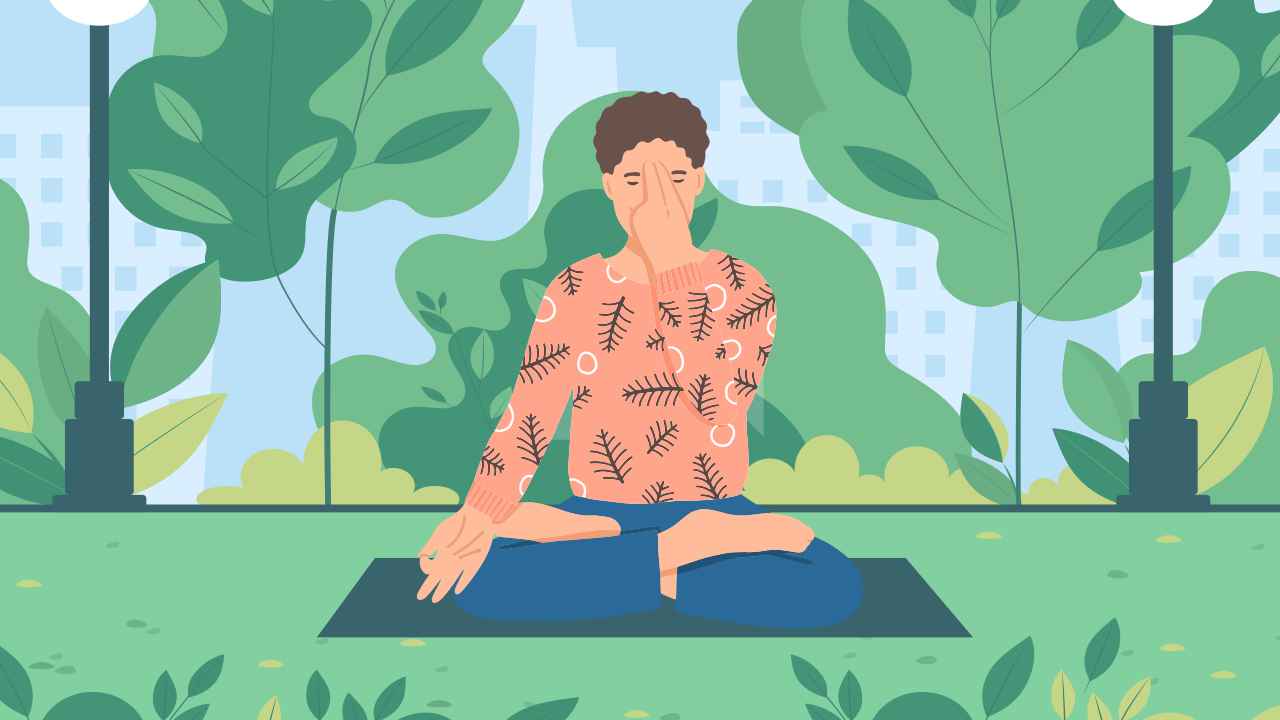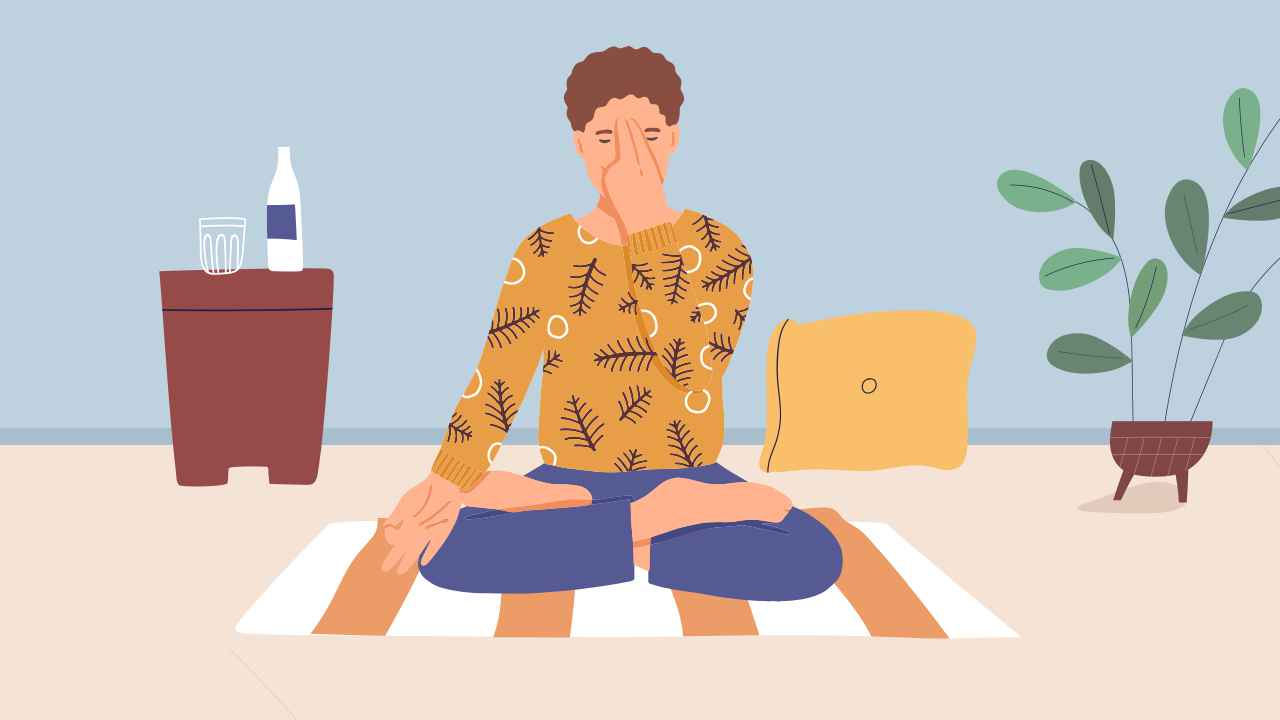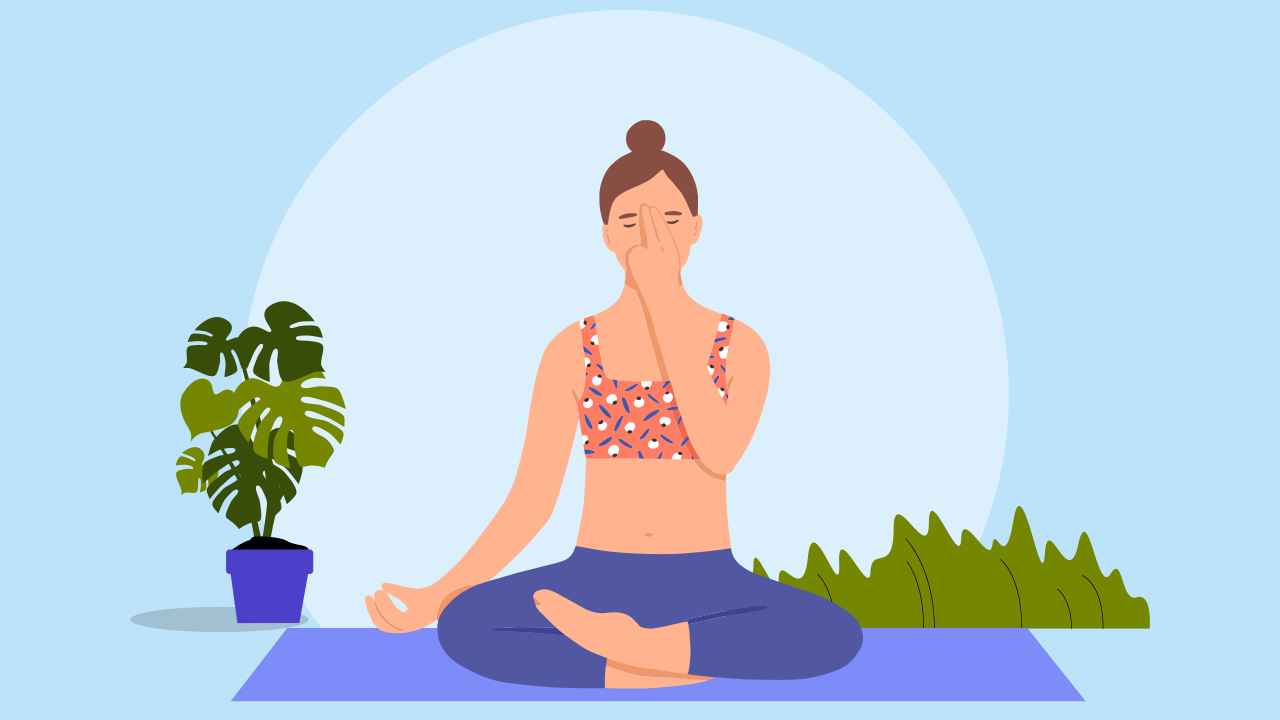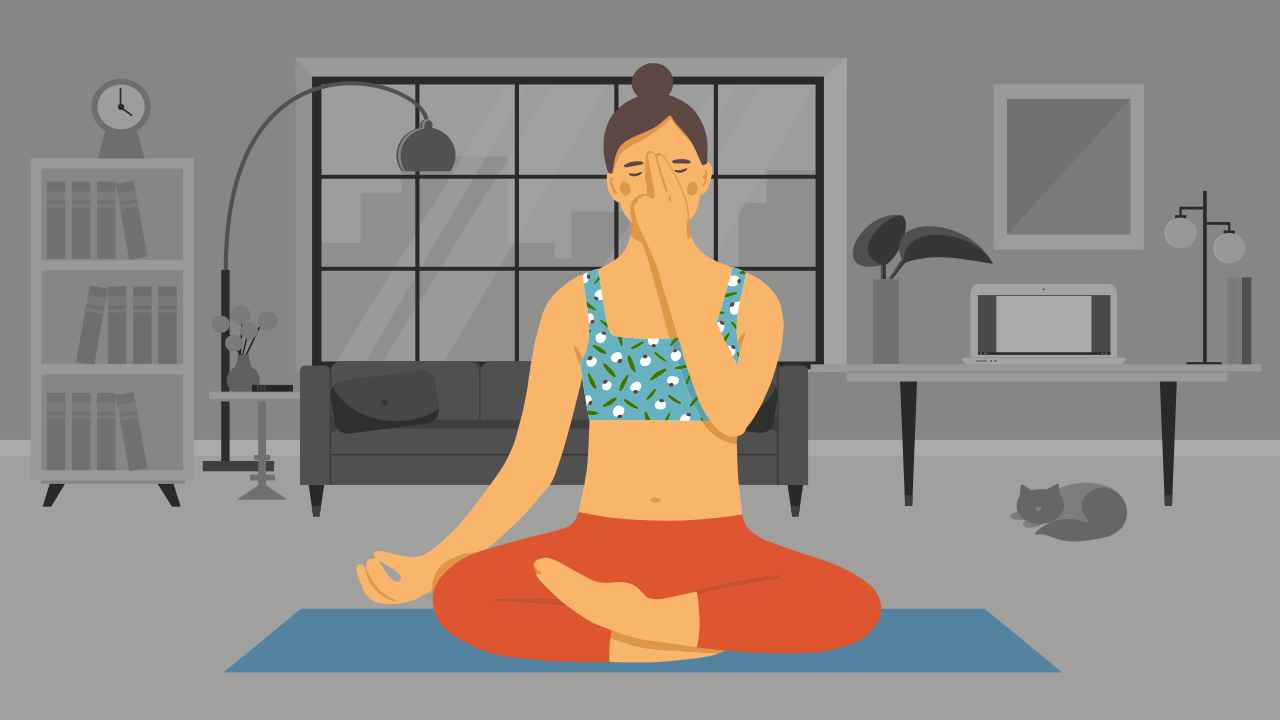
How Meditation Can Help Relieve Anxiety
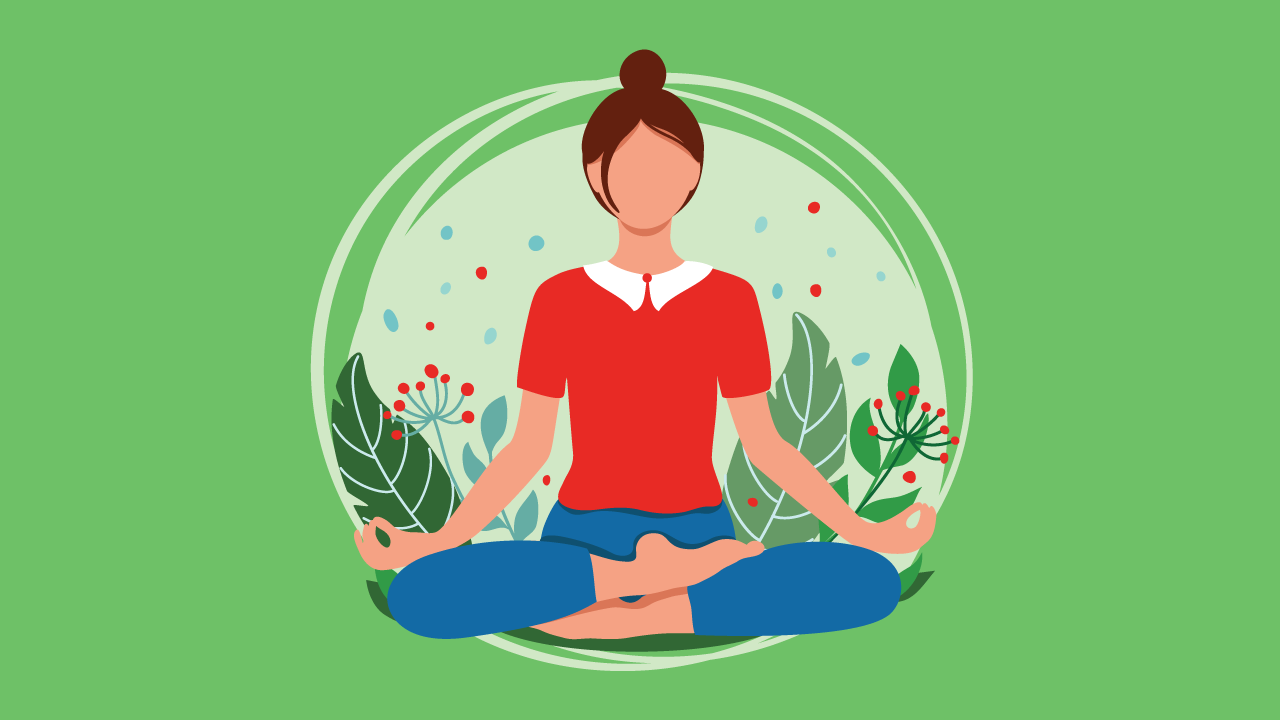
Sweaty palms, heart palpitations, upset stomach, hypervigilance, difficulty in sleeping, overthinking, fatigue, irrational fear, indecisiveness. Sounds familiar? We have all experienced the feeling of anxiety at some point and brushed it off as ”nervousness”.
Anxiety is our body’s response to stress caused by any perceived danger such as False Emergencies Appearing Real — FEARs — and real danger to our body’s health and wellbeing. However, there is a distinction to be made between anxiousness and clinical anxiety.
Also read: Meditation for Beginners: A Step-by-step Guide
Anxiousness vs clinical anxiety
When we’re in a risky scenario or face a potential confrontation, or when we’re nervous about giving a speech, or walking down the aisle, our adrenal glands flare-up, activating the “fight or flight” response. This results in us feeling anxious.
Clinical anxiety, on the other hand, is when your anxiousness becomes a generalized anxiety disorder or GAD, where the fear or concern persists — you worry excessively and then spiral into a state of total panic.
Clinical anxiety can impact the body in the following ways
- Heart palpitations
- Nausea
- Muscle tension
- Hypervigilance
- Insomnia
- Fatigue
- Irrational fear
Meditation as a coping mechanism
From work-related problems to personal life decisions, we all deal with stress and anxiousness on a daily basis, and at practically every turn of the day.
But, if we choose to spend our days with positivity and serenity, we need to understand our anxiety better in order to manage it. Meditation is a simple act that can help us attain this. Studies reveal that regular meditation practice rewires neural circuits in the brain, improving our ability to control emotions.
Let’s concentrate on anxiety-relieving meditation, so that we can gain a better understanding of triggering situations, and how our anxiety operates by understanding its irregular character.
Concentrate
Keeping one’s attention focused during meditation is difficult for most people. If you’re guilty of this, start by focusing your attention on something that could be a nice memory, a spiritual figure, or your own breathing.
Relax your breath
When you’re stressed, your breathing becomes erratic and quick. To de-stress, slowly and deliberately inhale and exhale.
Good posture
Meditation can be practiced in a variety of positions, including sitting, standing, and lying down. The choice is yours. However, maintaining proper posture is critical. At the end of the session, you should feel at ease.
Duration
It’s more vital to make meditation a regular part of your day than to meditate for an extended duration. So, the amount of time you spend meditating should be suitable for you. It won’t help much if you meditate for 90 minutes one day when you have the time, and then feel bad the rest of the week because you weren’t able to recreate it.
Breathing methods for anxiety-relief
Here are some anxiety-relieving breathing methods you can try:
Mindful breathing
Your attention is drawn to your breath as you practice mindful breathing. You can practice this type of breathing with your eyes slightly closed. Begin your meditation by breathing in for 3 seconds via your nose, holding your breath for 2 seconds, then exhaling for 3 seconds through your mouth.
Square breathing
Connecting your breath around the image of a square is a good way to practice this technique. Begin by counting to 4 at the top of the square while inhaling. Hold your breath until the count of 4 on the square’s side. Exhale now as you cover the next side of the square and count to 4. While completing your square, hold your breath until the count of 4.
Abdominal breathing
This breathing technique includes your abdomen. Your attention should be drawn to the movement of your stomach while you breathe. Begin by lying down or sitting with your hand on your abdomen. You will see your abdomen pushing outward as you inhale. When you exhale, you will notice that your abdomen moves in, forcing the air in your body outward via your lungs.
Mantra breathing
All you have to do in this easy yet effective breathing method is choose a positive slogan and match it with your breath. For example, while breathing in, concentrate on the term “I am”, and when breathing out, concentrate on the phrase “invincible”. This way you’re soothing your mind and cultivating a winning mentality at the same time. A chant can also be used in place of a positive affirmation.
Through meditation, we become comfortable with anxiety-inducing ideas and situations. We learn to notice them, sit with them for a while, and then let them go. Learning body awareness, which teaches us to pay attention to any bodily feelings we are experiencing in the moment, is another advantage of this ability. This approach is mentally scanning your body, inch by inch, to increase our awareness of what is happening physically. When fear starts to sneak in, these breathing techniques create a safe haven that may be visited again and again.


